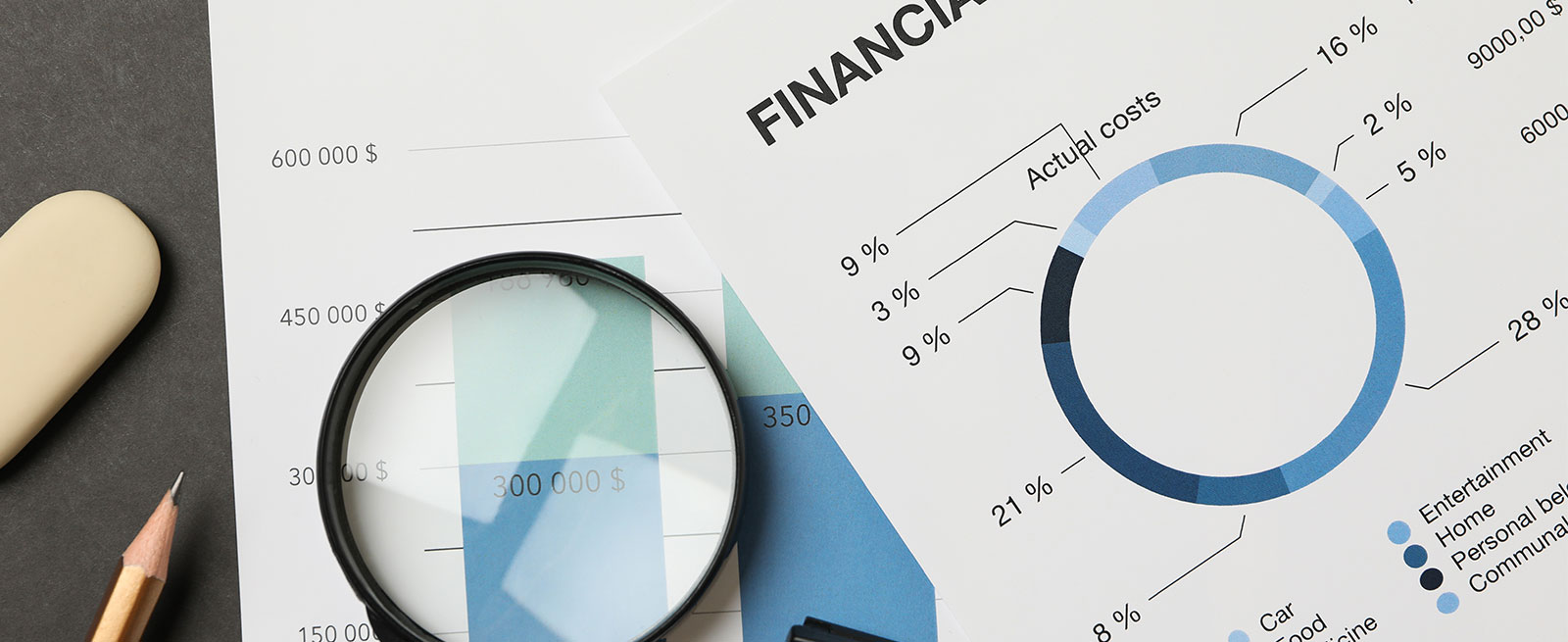
Financial Accounting
Financial accounting focuses on documenting and summarizing business transactions and generating periodic reports on a company’s financial outcomes and position. It ensures a single source of truth for general ledger and subledger applications, integrated in real-time with logistics operations and a comprehensive audit trail.
Financial Reporting
Enhance understanding of financials to streamline the process, reduce costs, and mitigate the risks associated with regulatory filings and disclosures. Financial reporting involves generating statements that reveal an organization’s financial status to management, investors, and regulatory bodies.
Accounting & Financial Close
Increase the accuracy, compliance, and efficiency of entity close processes through automation and standardization. Entity close entails the reporting of financial close data by individual operating units to the central accounting team.
Revenue and Cost Accounting
Automate and streamline the processes of revenue recognition and cost accounting, which entails managing the detailed procedure of revenue recognition.
Overhead Cost Management
Collect, analyze, evaluate, and report profit and loss information to increase overall profitability. Managing overhead costs includes supervising, modifying, and controlling spending categories, along with examining specific cost elements.
Product Costing
Product Costing requires an in-depth analysis of the costs and margins associated with each product to manage product portfolios effectively and facilitate period-ending activities. Determine the cost of goods manufactured or sold, breaking it down by each stage of the production process.
Profitability Analysis
Identify your most profitable customers, products, and channels to enhance decision-making. Profitability analysis entails assessing profit or contribution margins by market segment or strategic business unit.
Acounts Payable
Streamline how you record and manage accounts payable data from vendors.

Accounts Receivable
Efficiently manage customer accounts receivable.
Cash Management
Cash management involves managing cash and liquidity centrally.
Debt and Investment Management
Optimize borrowing rates, investment costs, and capital structure with real-time insights into debt and invfestments.
Cash and Liquidity Management
Cash and liquidity management focuses on monitoring cash flows to ensure adequate liquidity for meeting payment obligations.
See also the benefits of utilizing SAP S/4 HANA in


